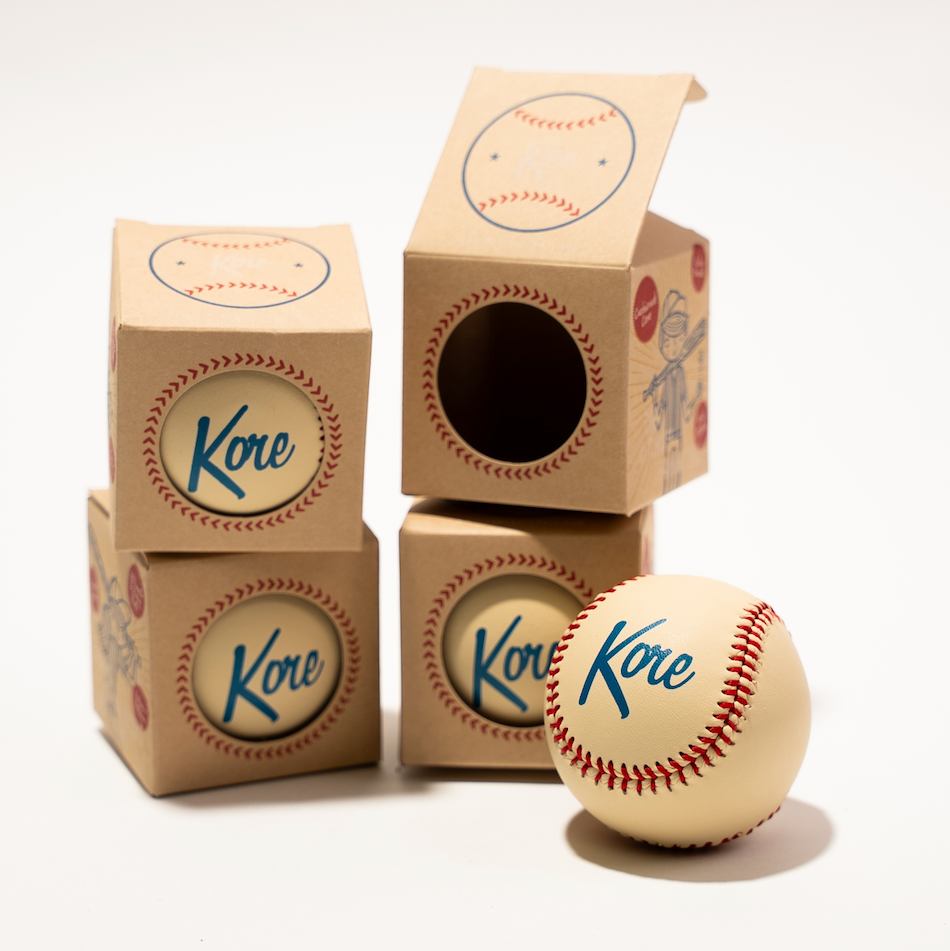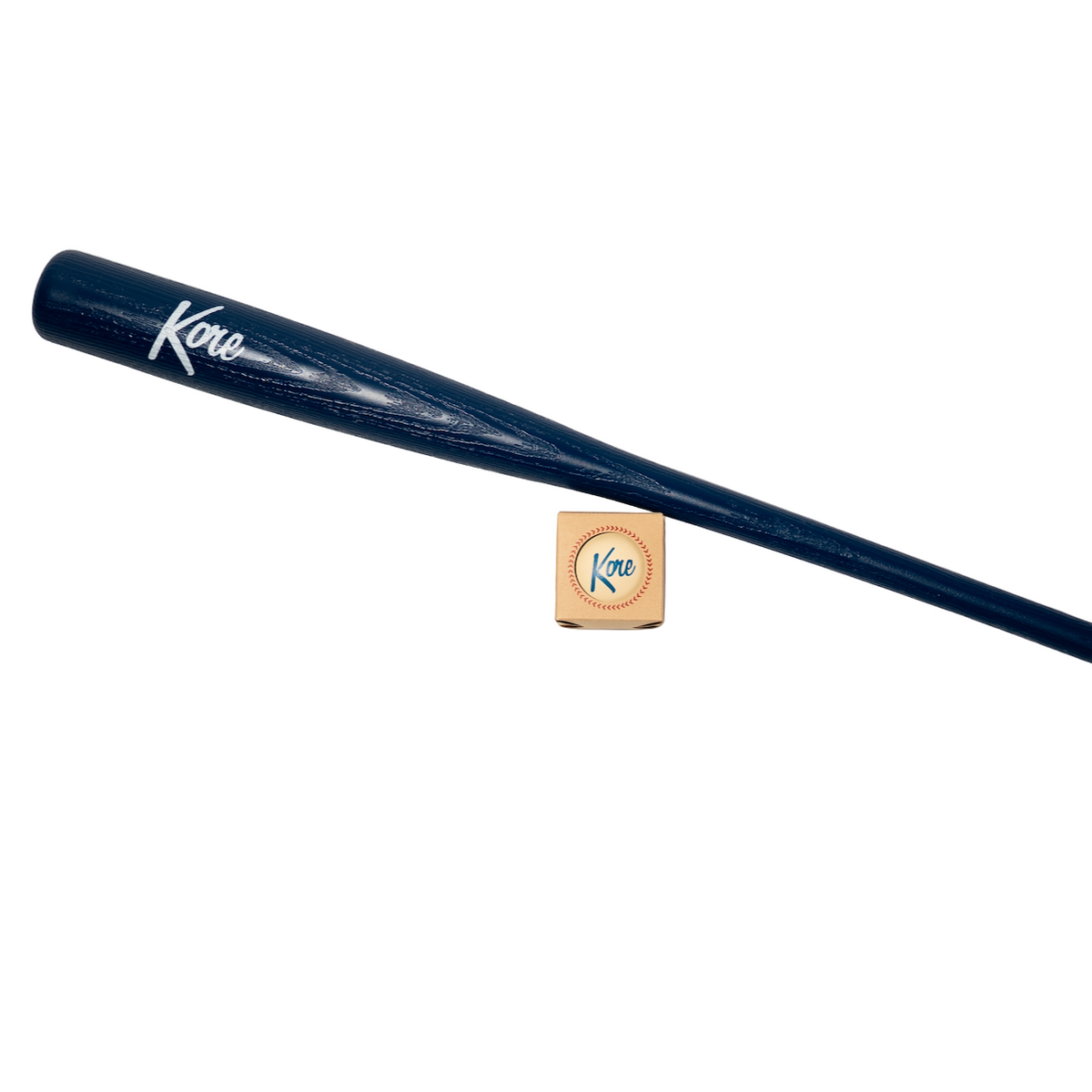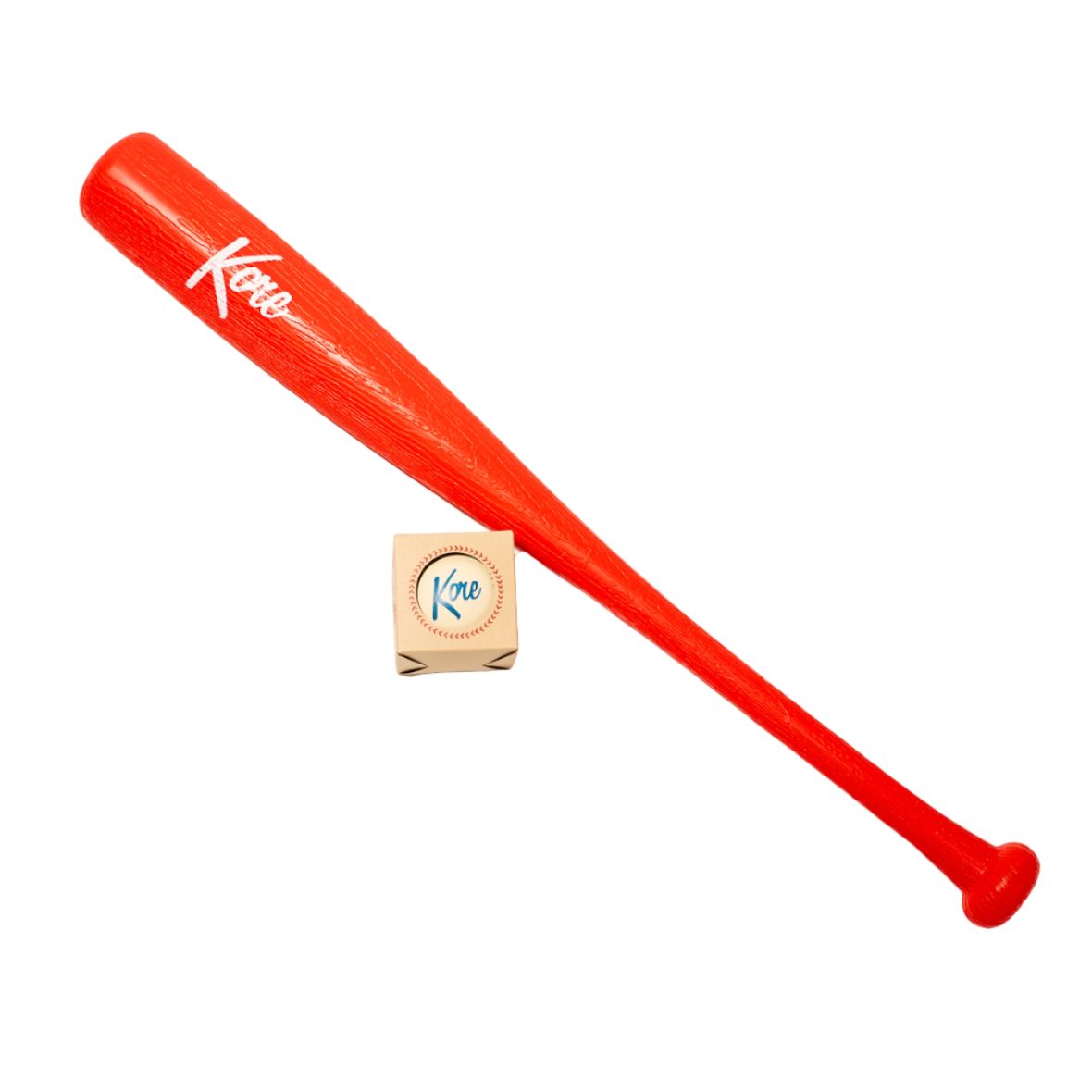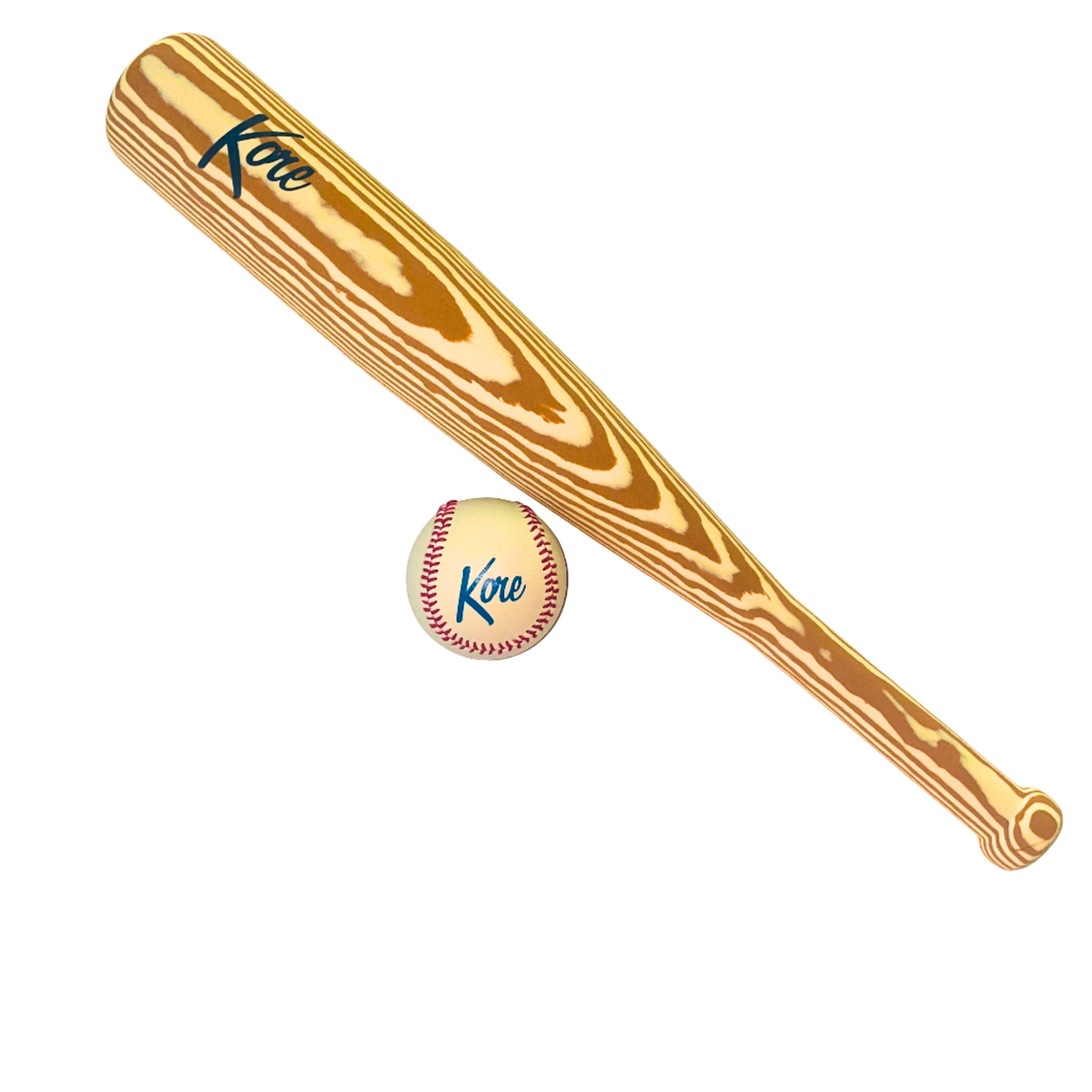Understanding Baseball Glove Sizing
When it comes to choosing a baseball glove, understanding the sizing is crucial. Baseball glove sizing refers to the measurement or dimensions of a glove, and it plays a significant role in how well it fits on a player's hand. Proper glove sizing ensures comfort, flexibility, and optimal performance on the field.
To determine the correct baseball glove size, several factors should be considered. The most important factors include the player's age, position, and hand size. Younger players generally require smaller gloves, while older players and adults require larger ones. Additionally, each position has specific requirements for glove size, with outfielders generally opting for larger gloves and infielders preferring smaller, more compact options.
Measuring the Hand
Accurate hand measurements are essential for determining the correct baseball glove size. To measure your hand, you will need a flexible measuring tape or a ruler.
Start by measuring the dominant hand, as this is typically the hand used for catching. Place the measuring tape or ruler across the palm of your hand, just below the knuckles, and measure the widest part. Note down the measurement in inches.
Next, measure the non-dominant hand using the same technique. It's important to measure both hands, as they might have slight size variations. The larger measurement between the two hands will be used to determine your glove size.
Once you have your hand measurements, refer to a baseball glove size chart to find the appropriate glove size based on your age, position, and hand size. This will help ensure a comfortable and secure fit, allowing you to perform to the best of your ability on the field.
Determining Glove Length
Glove length is another important aspect to consider when measuring for a baseball glove. Different positions require different glove lengths to accommodate their specific needs.
To measure glove length, use a flexible measuring tape or ruler. Start by placing the tape or ruler at the base of your glove's palm, where it meets the wrist. Then, measure all the way up to the top of the index finger pocket.
Once you have the measurement, refer to a size chart or consult with a sporting goods store to determine the appropriate length for your position. For example, infielders typically use gloves with shorter lengths ranging from 11 to 12 inches, while outfielders prefer longer gloves ranging from 12.5 to 12.75 inches. Pitchers often opt for 11.5 to 12-inch gloves.
Selecting the Right Pocket Width
The pocket width of a baseball glove is crucial for proper ball retention during catches. The pocket should be wide enough to securely hold the ball and make catching easier.
To measure pocket width, place the measuring tape or ruler at the base of the glove's palm and measure across the widest part of the pocket, usually around the thumb area.
The pocket width will depend on your position. Infielders typically prefer a smaller pocket width, usually around 11 to 11.75 inches, as it enables quicker transfers. Outfielders, on the other hand, may require a wider pocket ranging from 12 to 12.75 inches to accommodate the larger balls and improve catching efficiency.
Consider your position and playing style when selecting the appropriate pocket width to ensure optimal performance in the field.
Considering Web Style and Fit
Aside from size measurements, web style plays a significant role in selecting the right baseball glove. The web is the part of the glove that connects the fingers to the thumb and creates the pocket for catching the ball.
There are various web styles available, including closed webs, open webs, and modified webs, each suited for different positions and personal preferences. Closed webs offer more support and control for infielders, while open webs allow outfielders to see through the glove better while tracking fly balls.
In addition to web style, finding the right fit is crucial for overall comfort and performance. Make sure the glove provides enough room for finger movement and flexibility while still offering a snug fit to prevent slipping during catches.
Trying on different gloves and experimenting with various web styles will help you find the perfect combination for your needs.
Stay tuned for the next sections where we will discuss trying on and testing the glove, additional factors to consider, and the conclusion of this comprehensive guide on how to measure baseball glove size.Trying On and Testing the Glove
Once you have narrowed down the potential options based on your measurements and preferences, it's crucial to try on the gloves before making a final decision. Trying on the glove allows you to determine if it feels comfortable and suits your playing style.
When trying on the glove, make sure there is enough room for all fingers to fit snugly but not too tightly. You should be able to flex your hand and close the glove with ease. Pay attention to the wrist closure mechanism, ensuring it provides a secure and adjustable fit.
In addition to fit, assess the glove's break-in and flexibility. Some gloves come pre-conditioned, meaning they are easier to break in and offer immediate flexibility. Others may require more effort and time to achieve optimal flexibility.
Remember to test the glove by catching balls or mimicking specific in-game movements to ensure it performs as expected. Take your time during this process as finding the perfect glove is crucial to your overall performance on the field.
Additional Factors to Consider
While measuring your hand, selecting the appropriate glove length, and considering the pocket width and web style are essential, there are several other factors to consider before making your final decision.
One factor is personal preferences. Everyone has different preferences when it comes to the feel and style of their equipment. Some players may prefer a more traditional leather feel, while others may opt for a synthetic material. Consider what works best for you.
Additionally, budget is another consideration. Baseball gloves come in a wide range of prices, and it's important to consider your budget while ensuring you get the best quality glove within your price range.
Lastly, take note of brand reputation. Some brands are known for their exceptional craftsmanship and durability. Research reviews and ask for recommendations to ensure you select a reputable brand that meets your expectations.
Conclusion
Choosing the right baseball glove size is crucial for optimal performance and protection on the field. By understanding how to measure glove size based on hand measurements, determining glove length, and considering pocket width and web style, you can find a glove that fits like a second skin and enhances your abilities as a player.
Remember, a properly fitted glove not only provides comfort and flexibility but also increases your chances of making successful catches. Take the time to try on different gloves and assess their fit and performance before making your final selection.
With the knowledge gained from this comprehensive guide, you are now equipped to make an informed decision when it comes to selecting your baseball glove. So go ahead, measure your hand, find the perfect fit, and step onto the field with confidence!






